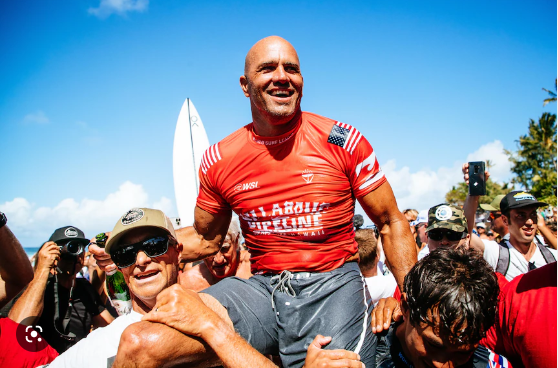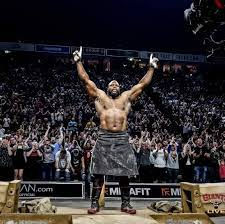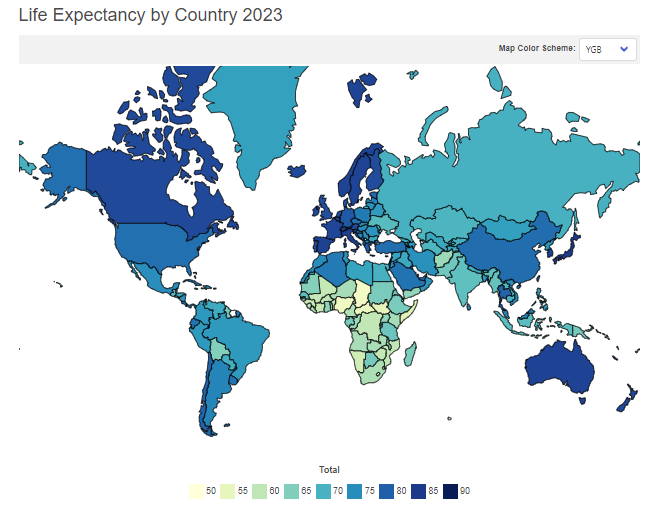Why 60's are now just middle age.
- Danielle Vice

- Aug 19, 2022
- 5 min read
Updated: Feb 15, 2023

By Danielle Vice
Gone are the days when 60 was considered the brink of old age. In the modern world, people are living longer and healthier lives, and the concept of what it means to be "old" is evolving. With advances in medicine, technology, and lifestyle, 60 is becoming the new middle age, and people are embracing this new phase of life with vigor and enthusiasm. The trend towards longer life expectancy is a global phenomenon. According to the World Health Organization, the number of people over the age of 60 is expected to double by 2050, reaching nearly 2 billion. This is due in part to improvements in healthcare and a better understanding of how to maintain good health. As a result, more people are living to 100 and beyond, and the concept of what it means to be "old" is changing.
Lazaro Alemares shpwing how young 60's is.
Pro athletes are also pushing the boundaries of what is considered to be a long career. In the 1950s, being in your 40s was often seen as being over the hill, especially for athletes. But, fast forward to today and things have changed dramatically. With advancements in technology, medicine, nutrition, and training methods, the athletic landscape has evolved to allow for much longer careers. Pro athletes, who were once forced to retire in their early 30s, are now able to compete at the highest level well into their 40s and even 50s in some cases. One of the most notable examples of this shift is Tom Brady, the quarterback for the Tampa Bay Buccaneers. At the age of 43, he led his team to win the Super Bowl and was named the game's Most Valued Player. Kelly Slater, the 11-time world surfing champion, is another example of an athlete who has been able to extend his career well into his 40s. Mark Felix, the strongest man in the world, continues to set records and win competitions at the age of 50. These athletes serve as inspiration for others, showing that age is just a number and that it's possible to perform at a high level for much longer. The trend of older athletes competing at a high level is not limited to just a few individuals; it's a broader phenomenon that can be seen across all sports. According to recent statistics, the average age of the number one ranked athlete across all sports is 35.7 years old, compared to 28 years old in 1998. This shows that the average age of the best athletes in the world has increased by over 7 years in the last 25 years. This is a testament to the advances in technology, medicine, and training methods that have allowed athletes to prolong their careers and maintain their peak performance levels for much longer. So, what does this mean for the future of sports? It's clear that the age barrier for athletes has been pushed back and that it's becoming more common for athletes to compete at a high level well into their 40s and even 50s. With this trend set to continue, we can expect to see more athletes breaking records and pushing the limits of what's possible as they defy the traditional notions of aging. The future of sports looks bright, with older athletes providing a new level of excitement and inspiration for fans of all ages. In conclusion, the age of pro athletes is rapidly changing, with 40 now being considered the new 20. Thanks to advances in technology, medicine, nutrition, and training methods, athletes are able to prolong their careers and perform at a high level for much longer. This trend is set to continue, and we can expect to see more athletes breaking records and inspiring fans with their exceptional performances in the years to come. This trend towards longer careers in sports highlights the idea that youth is longer than it used to be and that people are able to maintain their physical and mental abilities well into their 60s and beyond. the new middle age is a testament to the advances that have been made in medicine, technology, and lifestyle.



Kelly Slater after winning the 2022 Mark Felix after breaking his own grip Kazuyoshi Miura still dominating
Billabong pipeline at 50. world record of the worlds strongest proffesional soccer player in
at age 56 Japan at 56
With people living longer and healthier lives, the concept of what it means to be "old" is changing, and 60 is becoming the new middle age.
Whether you're a pro athlete or just a regular person, the opportunities to live a full and active life are greater than ever before.
So embrace this study carried out by researchers from Stony Brook University in the US and the International Institute for Applied Systems Analysis in Austria argues that due to increased lifespan, what was once regarded as elderly should now be seen as middle-aged, and this trend will continue into the future. Traditionally, 65 was seen as the age at which somebody becomes elderly based on the expectation that they probably only had a few years left to live. However, improvements in life expectancy and health mean that categorizing someone as old based solely on their age of 65 no longer makes sense. The study suggests instead to look at a person's remaining life expectancy, which in Australia is currently around 83 years for men and 85 for women, and is expected to rise in the future. Using this definition, people in their early 70's in Australia with a life expectancy of 10 to 15 years would not be considered old and at the end of middle age, and the proportion of the population considered old would be smaller. While healthy living may contribute to longer lifespans, the study doesn't suggest that middle age begins later. Instead, it suggests that middle age lasts longer, with old age postponed to the last decade-and-a-half of life. The study was an analysis of population data using the cohort component method, and the researchers used information from the European Demographic Data Sheet 2014, which includes statistics about the populations of European countries. The researchers used assumptions about future birth rates, death, migration, and how they could change over time, and the results and conclusions all relate to what happens to aging at the population level. The researchers also introduced a new measure called "prospective age," where people should only be considered old when their remaining life expectancy falls below 15 years, as it is in the last remaining years of life that people are most likely to be dependent and have health problems. They also looked at the prospective median age, which is a measure of how long people have left to live, not just how long they have already lived. The researchers compared the conventional measures and the prospective measures of the percentage of the German population considered old in 2013, 2030, and 2050, under three scenarios: one in which life expectancy did not increase, one in which it increased by 0.7 years per decade, and one in which it increased by 1.4 years per decade. The results showed that the proportion of people considered old in the future would decrease under the new prospective measures compared to the conventional measures. In conclusion, this study suggests that traditional measures of age and aging may not accurately reflect the reality of the increasing lifespan and health of populations. The new prospective measures provide a more accurate representation of the age of a population and can be useful for governments to plan future pension provision or health and care costs.

Australia, Japan, Monaco, South Korea, Malta, Norway all have the highest life expectancies in the world with a 80 year old Male biologically the same as a 68 year old American male.


America's ranking is one of the lowest for a first world country. Someone in Australian 40's would be biologically equal to someone in there 20's a'lot of the time.

.png)






